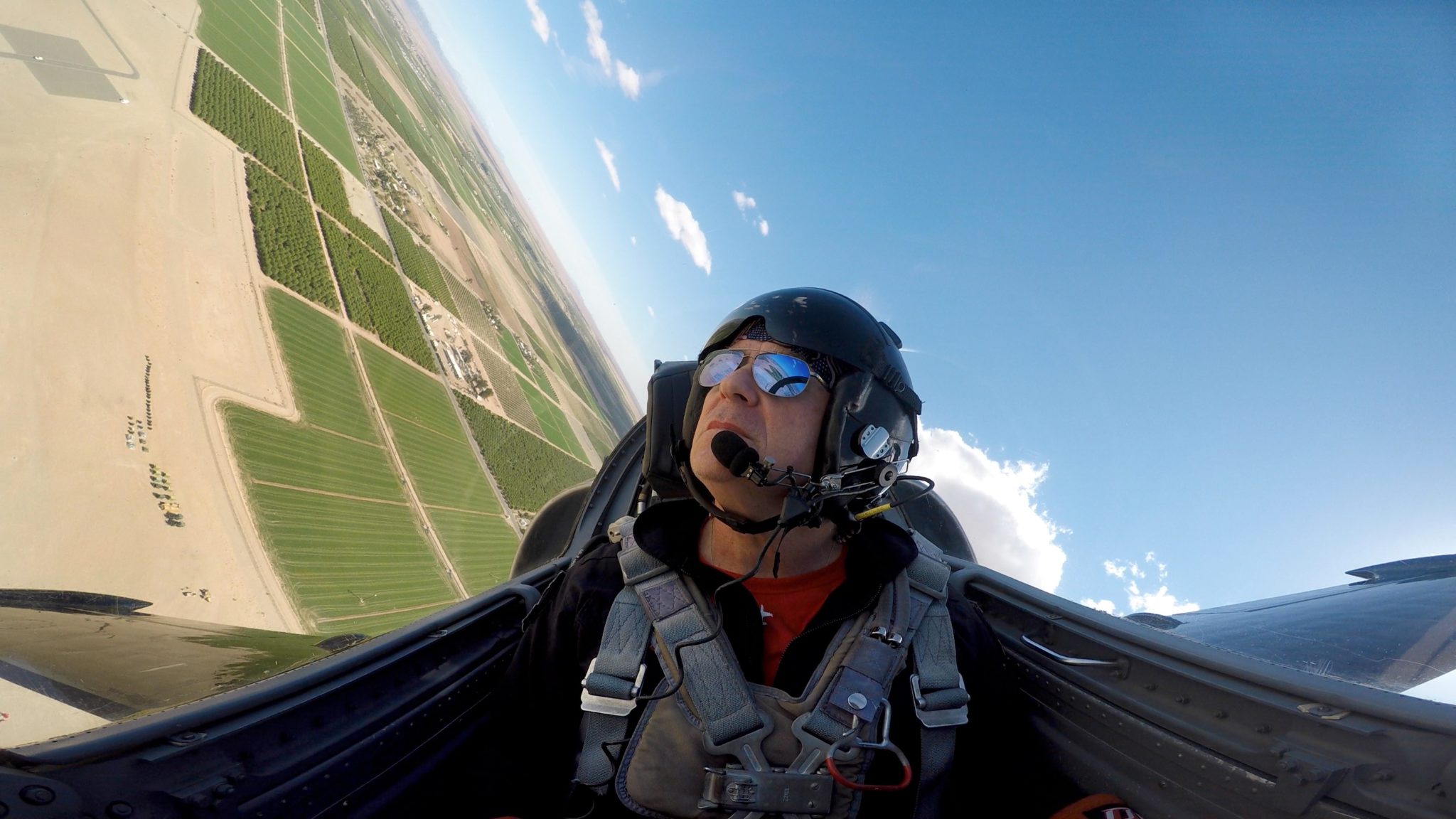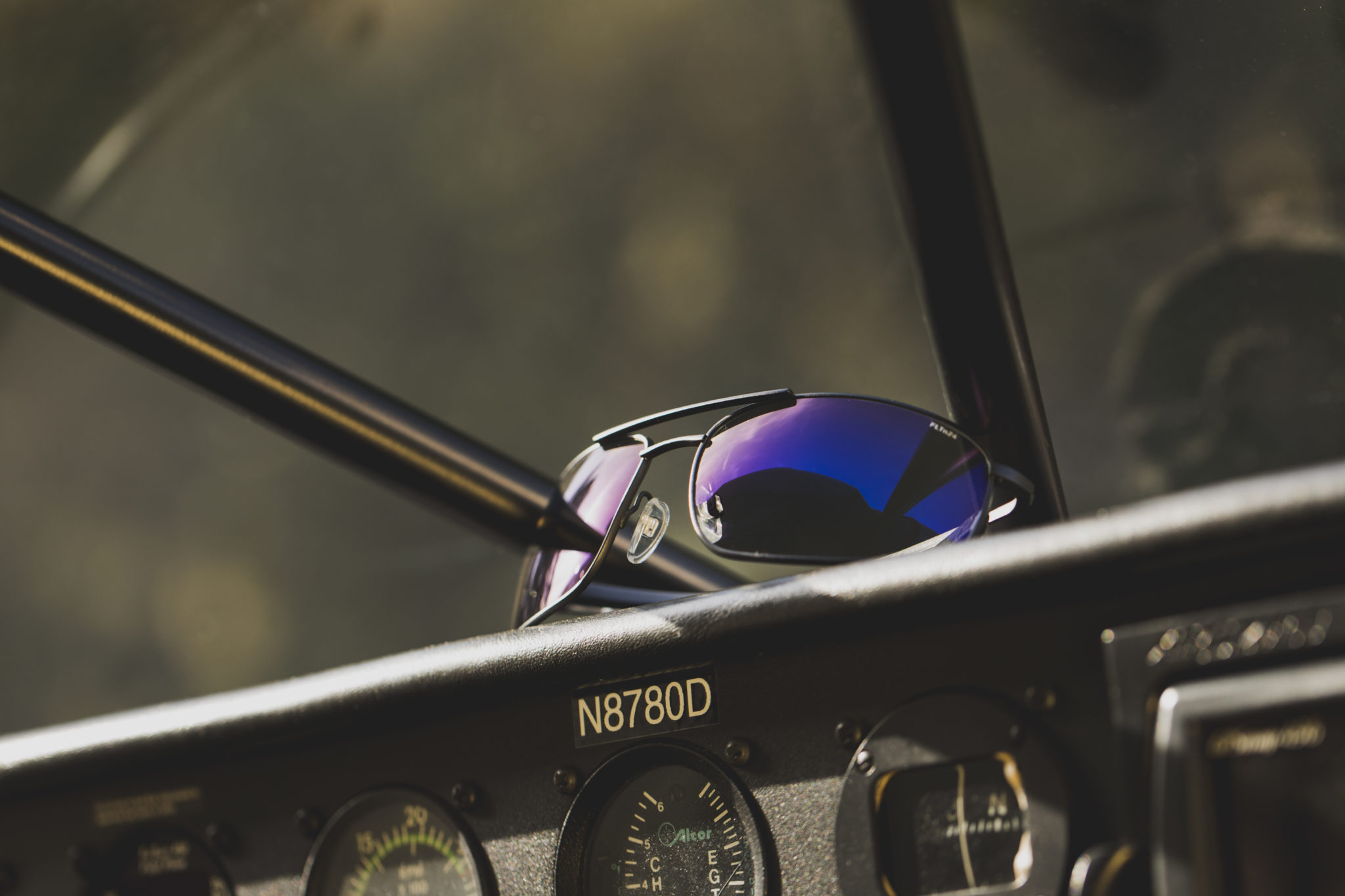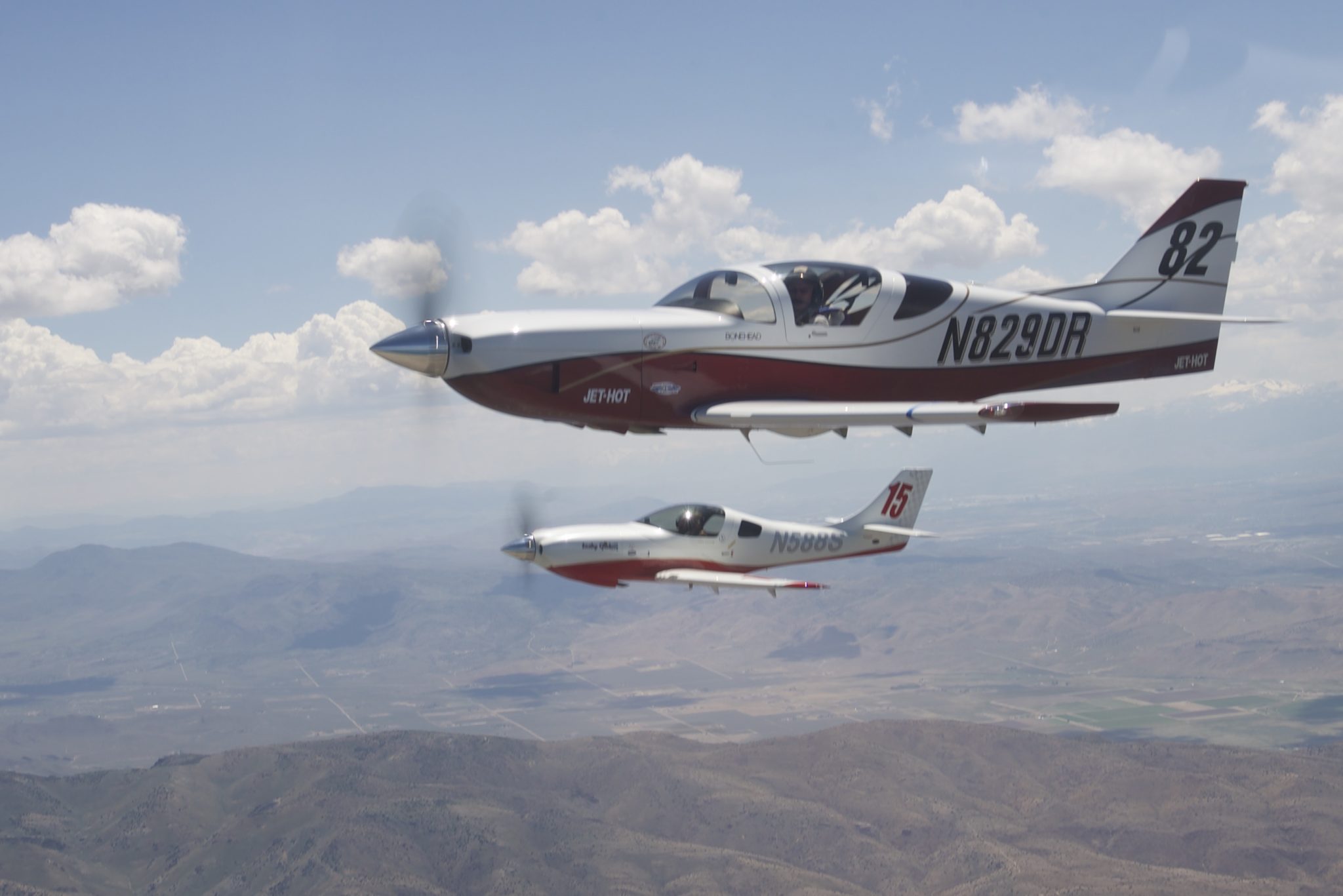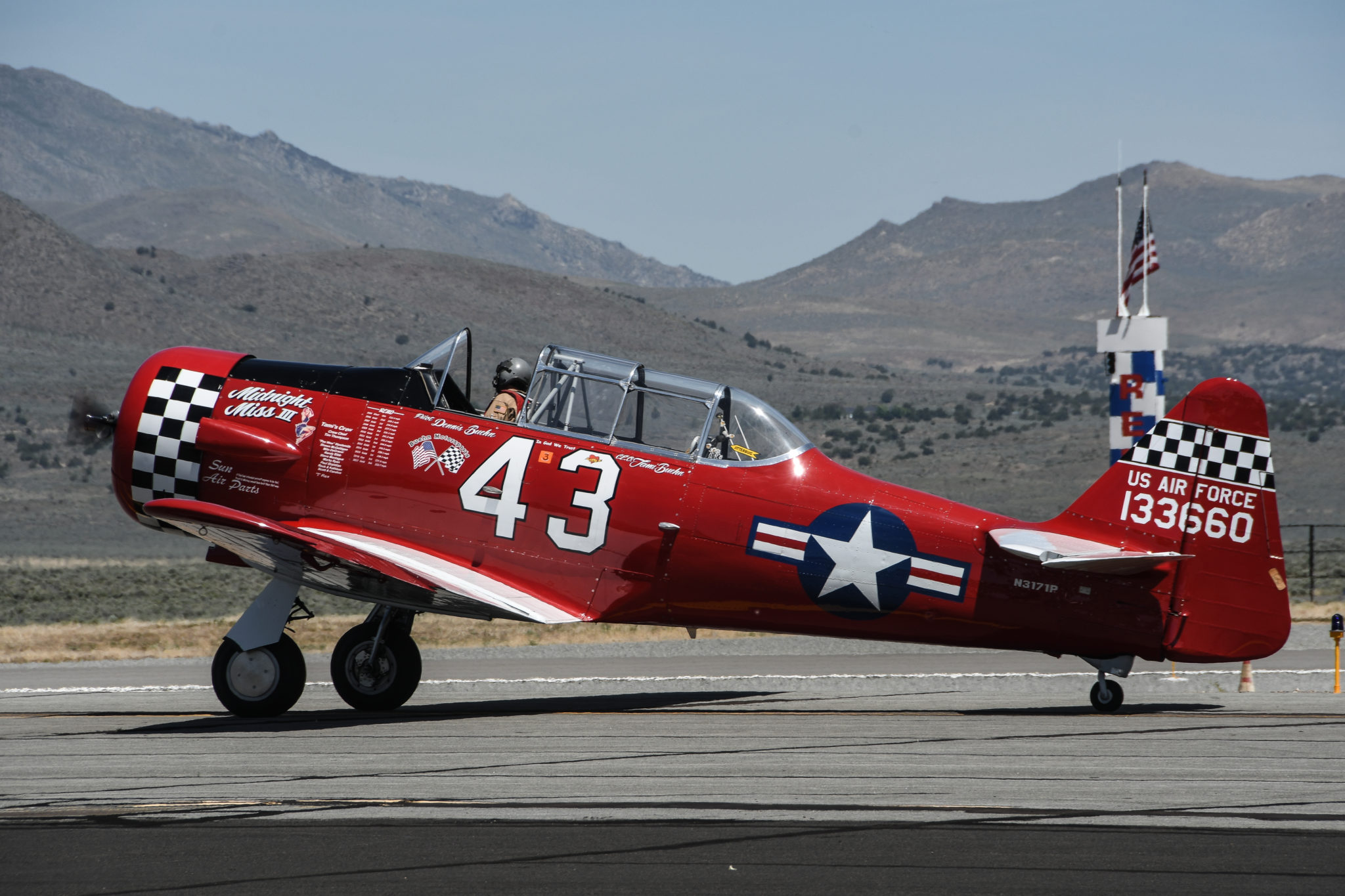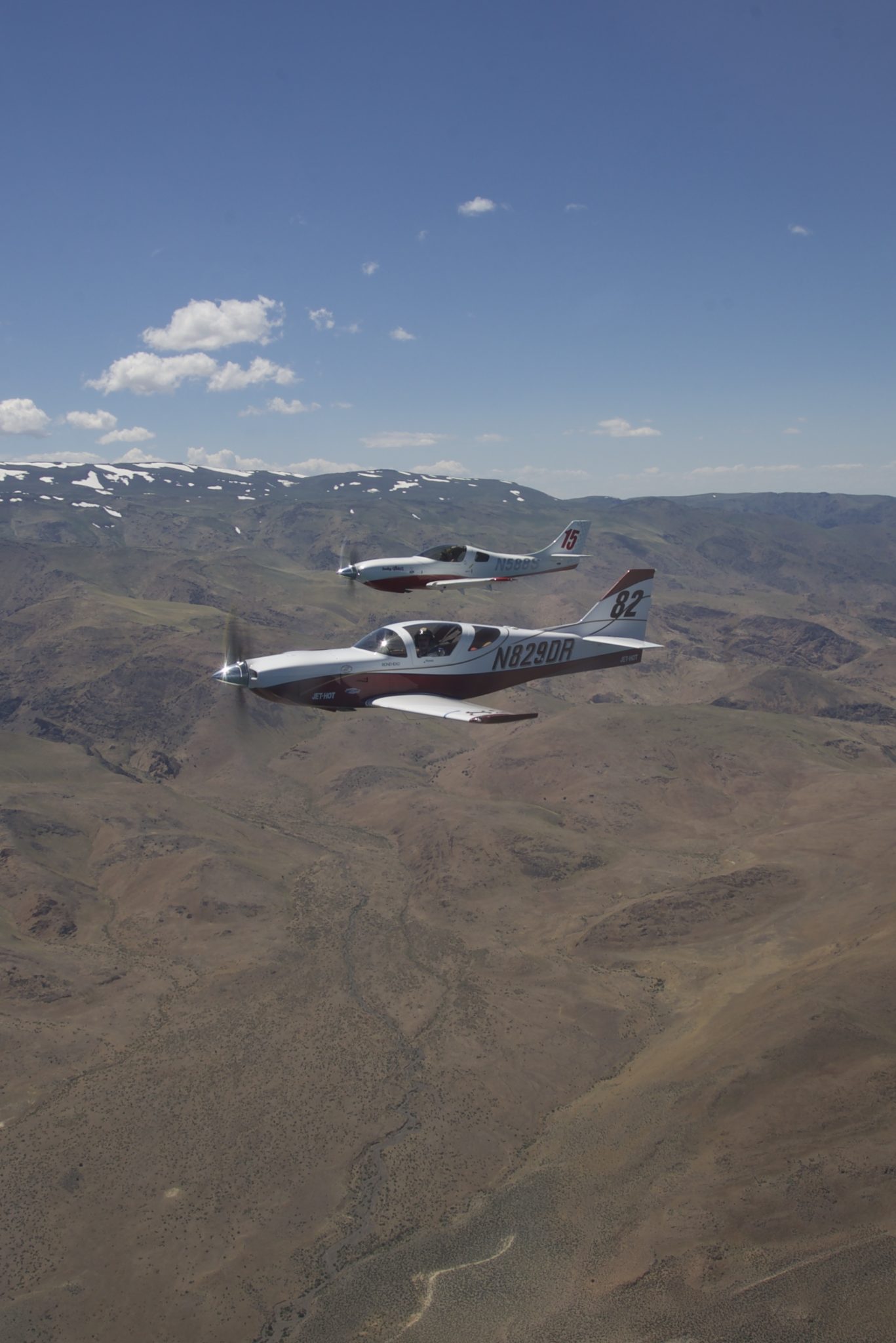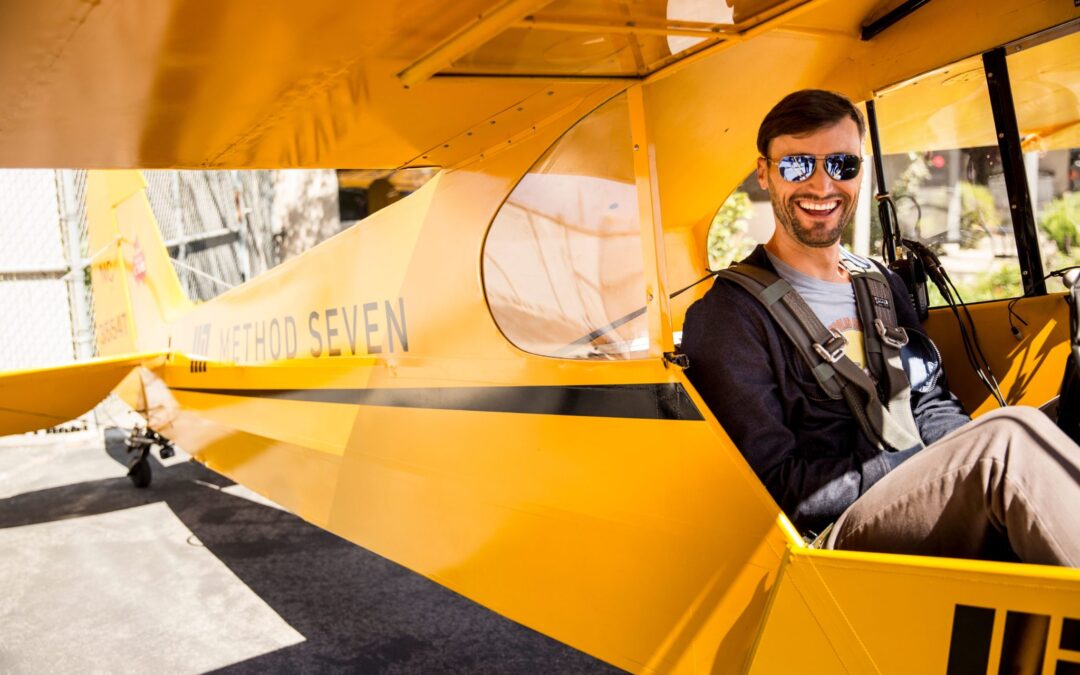
by admin | Aug 12, 2019 | Air Race News
Optics manufacturer Method Seven is partnering with the Reno Air Races Association (RARA) as an official sponsor of the event. “The Reno Air Races is the ultimate in aviation performance—the racing, the skill, the danger—and it seemed like the best fit for our product,” says James Cox, Method Seven CEO.
Kevin Eldredge, who will compete in the Sport Class at this year’s event, facilitated the partnership. “The product is fantastic, but the quality and focus on technology is very consistent with the innovation specifically in the Sport Class,” says Eldredge. His race plane, Relentless NXT, is one of the fastest Super Sport racing airplanes, and easily exceeds 400 mph. “The flying is pretty intense but really its much more about competing in an aircraft you built yourself.”
During the 2009 air races, Eldredge came face to face with his own mortality when Relentless NXT suffered a sudden engine explosion. Since then, he has raced with a much less powerful engine, which has not allowed him to be competitive, he says. For this year’s races, Eldredge has restored Relentless NXT to its original race configuration, a EFii-TT-540 Lycoming engine. He estimates that the Sport Class may see four or five aircraft clock over 400mph. “It is my intention to be leading this group on Sunday!”
Method Seven supports his vision as a sponsor of Team Relentless, and with protective eyewear specifically designed for aviation. The leading brand of UV and infrared heat blocking sunglasses offers three levels of visible light transmission (VLT) suited to pilot preference and flight path. Eldredge prefers Method Seven Ascent SKY30 lenses, the lightest VLT. “They provide great protection for both flying and driving and they really sort of disappear on my face,” he says.
Ever since stumbling upon Method Seven at Osh Kosh three years ago, Eldredge has been an informal advocate for the brand. This year, he will fly with Method Seven logos on the newly outfitted Relentless NXT, and his sight set on a winning finish. Cox says he is thrilled that the company is now an official sponsor. “Method Seven has always been about helping people achieve their best.”
Visit www.methodseven.com for more information.
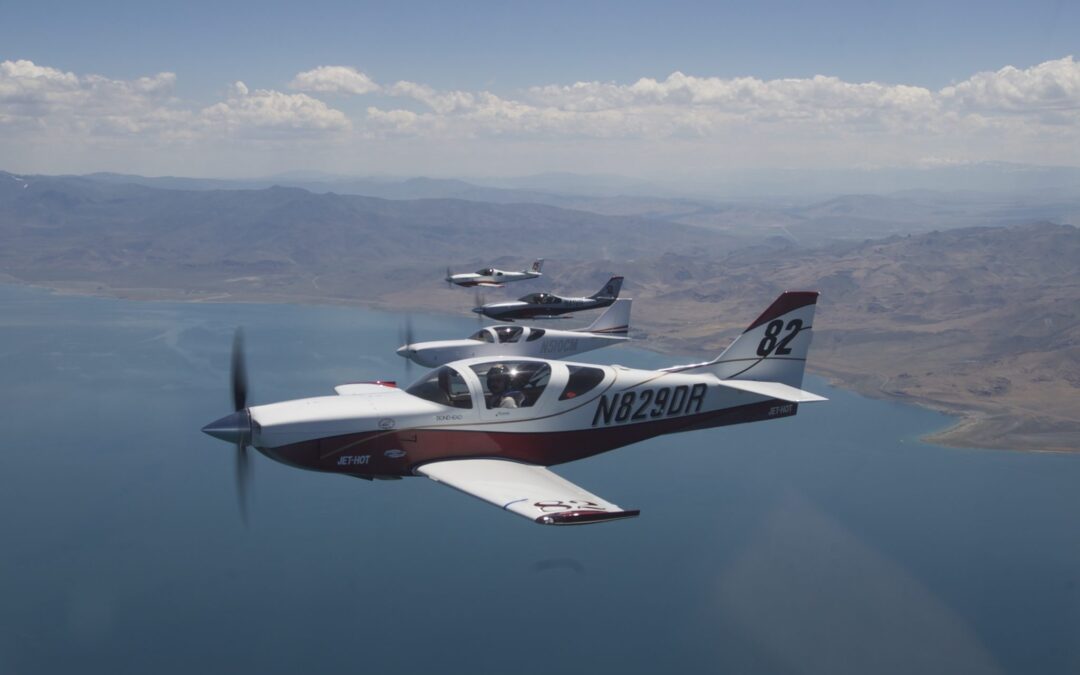
by admin | Aug 9, 2019 | Air Race News
Pylon Racing Seminar 2019
It’s a road you won’t find on any map. A road that stretches from one corner of the globe to the other. That reaches back into our past and extends well into our future. A road marked by countless hours of transforming a passion into a profession. It’s the road to the STIHL National Championship Air Races.
Every June, the top pilots from around the world gather at Stead Airport for the annual Pylon Racing Seminar (PRS). This year marked the 22nd year of the event commonly referred to as “Rookie School.” But don’t let the name fool you, the PRS isn’t just for rookies. It’s the best of the best – veteran racers dedicated to honing their craft, improving their skills and finding that next level of greatness.
This year’s PRS class was the largest and most diverse the Reno Air Racing Association has ever seen with 129 attendees, 52 students (including 13 international students), 25 certified races, 31 instructors and 13 officials with a total of 75 aircraft. While the wind made it interesting, it was a good example of what potential racers could expect in September.
The PRS began in 1997 to help better prepare pilots for the Air Races. Prior, pilots would arrive a few days before the September races and be taken through a series of air maneuvers. As the races started to attract more classes and more pilots, it became clear that a more structured training event was necessary.
The seminar is now required for all rookies and is open to all certified racers to hone their skills. If a certified racer has not participated in PRS or the races in the last three years, they must attend the event to re-certify and be able to race again. This allows all of the pilots to get a feel for the course and understand the safety guidelines.
The Rules
The PRS allows all of the pilots to gain a clear understanding of the rules and regulations. The rules for air racing are dictated by the Federal Aviation Administration (FAA), the Reno Air Racing Association (RARA) and each of the Race Classes. The FAA provides board definitions about what air racing is and how it will be conducted. From there, RARA adopts the rules, which have been carefully constructed over the years to provide the safest experience possible. Plus, each class has its own, more detailed rules that cover everything from the required engine size to wing size to technical and procedural requirements.
Standard Operating Procedures
Once the rules are reviewed and clarified, it’s time to review the Standard Operating Procedures. The first procedure is the Pre-Race Prep. This includes prepping the aircraft with everything they need to compete, including protective gear, fuel, oil, seat cushions, radios, fully charged batteries and more.
Pilots are briefed several times during the PRS, including a mandatory morning briefing that covers weather, schedules and any issues pilots need to be aware of for the day. After the general morning briefing, pilots break off into groups for their class briefings. Here, pilots get more specific information about their racing class and what time they will be participating.
The next procedure is Ground Operations. Formula 1 and Biplanes are the only classes that start the race on the ground. The other classes takeoff in a sequence to enable a quick formation behind their pace plane. Sport, Unlimited and Jet Classes join-up and continue around the back of Peavine Mountain. T6s do a modification of this join-up and come down the flight line to start the race. This is a sequence of events that is covered in great detail to ensure all racers can get from the ground to the course efficiently and safely.
The Ground Operations leads to Flight Operations. Once the departure/join-up is finished, the racers are cleared onto the course. The first lap is called Zero Lap and the race doesn’t officially begin until the leader aircraft passes the Home Pylon.
Then, it’s time to race! For the first few laps, new racers will be on the hunt for the pylons. The easiest way to find those painted 55-gallon drums in the sky is to follow one of the instructor pilots and have them point out each pylon. Over time, pilots start to develop muscle memory and can anticipate where the pylons are on the course. Pilots also learn to pass and how to be passed. All passing is done “high and outside.” It is considered common courtesy to give a quick radio call to announce a pass and again once the pass is completed.
After the race is complete, pilots learn how to efficiently and safely transition from the racecourse back onto the ground. The PRS also requires most of the pilots to perform an “Engine-Out Procedure” to make sure a rookie understands how their aircraft would perform without power.
Once everyone is on the ground safely, it’s time for another Flight Debrief and then Post Race Prep. This includes everything from getting the aircraft back in the pits to checking plugs, fuel and oil to making sure everything is ready to go for the next day.
The road to the STIHL National Championship Air Races is a long and arduous one, but the next time you’re watching a race or a qualifying session, you’ll know the amount of work that goes into putting on the best races in the safest manner possible.
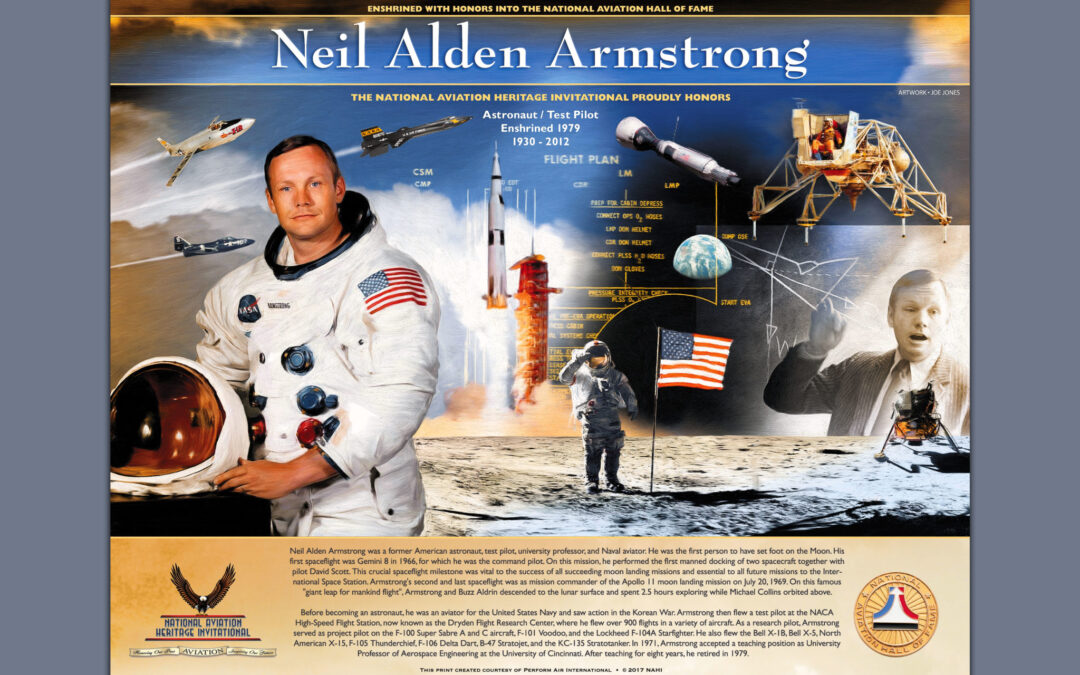
by admin | Aug 5, 2019 | Media
Meet with some of the featured aviation legends at the
STIHL National Championship Air Races Sept. 11-15, 2019
RENO, Nev. (Aug. 5, 2019) —The National Aviation Heritage Invitational (NAHI) is thrilled to return to the STIHL National Championship Air Races in Reno, Nev. this September. Come see skillfully restored vintage aircraft on the ramp as they compete for the grand champion Neil A. Armstrong Aviation Heritage Trophy and meet some of aviation’s legends in person.
In addition to featuring incredible vintage aircraft NAHI
will continue its mission to keep aviation history alive with the release of limited-edition
prints created by noted aviation artist, Joe Jones, honoring National Aviation
Hall of Fame Enshrinees at this year’s event. The prints include: Neil A.
Armstrong, Patty Wagstaff, Dick Rutan, Robert “Hoot” Gibson, Bud Anderson, Gene
Cernan and R.A. “Bob” Hoover.
Three of those legendary names will be in Reno in the NAHI tent
at the races including Bud Anderson, Dick Rutan and Robert “Hoot” Gibson.
A preview of one of the prints was released today. As this
year marks the 50th anniversary of the Apollo 11 moon landing, NAHI is giving a
sneak peak of Neil Armstrong’s limited-edition print.
“The National Aviation Heritage Invitational is providing a
preview of our new limited-edition print honoring Neil Armstrong’s aviation,
space and educational career,” said Ken Perich Executive Director of NAHI. “This
beautiful print highlights not only Neil’s space accomplishments but his
extensive flight experience as well. This print will be formally unveiled at
the National Championship Air Races on Thursday, Sept. 12.”
Prints will be available for sale at the static NAHI display
area located at the east end of the grandstands. For more information visit, HeritageTrophy.org
or AirRace.org.
###
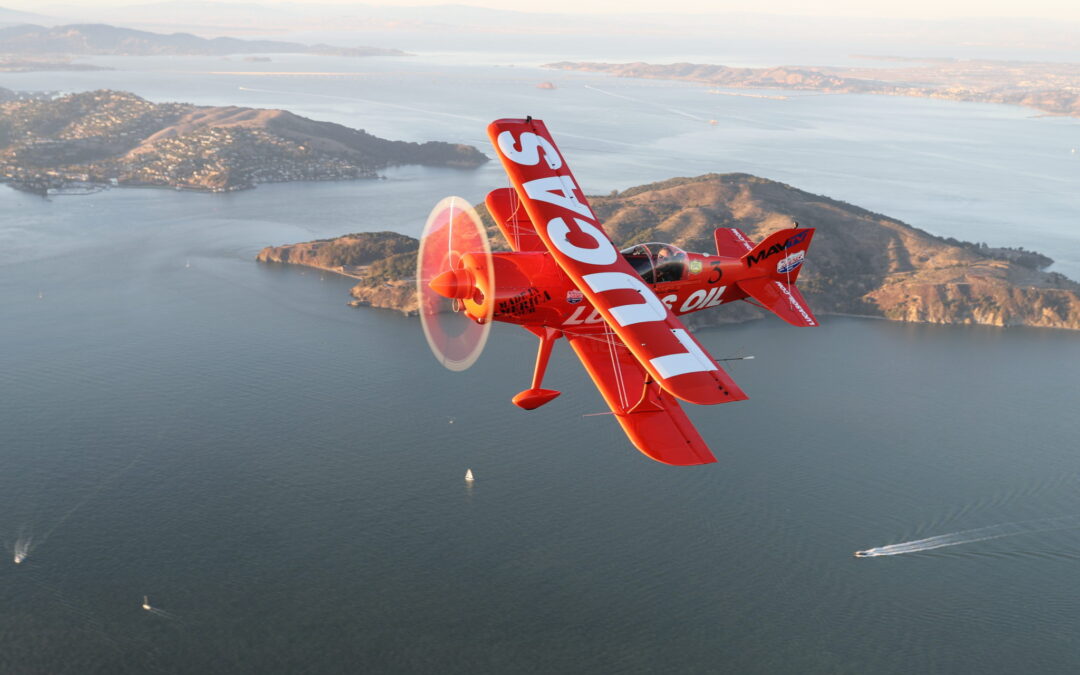
by admin | Jul 16, 2019 | Media
RENO, Nev. (July 16, 2019) —As if
featuring the world’s fastest motorsport wasn’t enough the 2019 STIHL National
Championship Air Races will feature a jam-packed performance schedule filled
with new additions and some returning event staples.
The core of the event is the six racing
classes – Unlimited, Jet, Sport, T-6, Formula One and Biplane – competing
head-to-head at speeds exceeding 500 mph. With some incredible racing planned,
event veterans will also see the return of the National Aviation Heritage Invitational
and GRADD-NVBAA STEM Education
Discovery Zone.
The performance lineup has
been finalized:
STOL Drag Racing Demonstration – September 12–15
The world’s largest backcountry fly-in is making its way to Reno. The STOL Drag Racing Demonstration gives a new spin to traditional competition top fuel drag racing style. STOL stands for short take-off and landing. The rules are simple, pilots fly a 3/4 mile straightaway down and back side by side, land on a marker and must come to a complete stop prior to turning around. The first pilot that comes to a complete stop wins.
F-18 Legacy Flight – September 12–15
F-18 Legacy Flight will be performed by the VFA-122 Demonstration Team with two FA-18E/F Super Hornet aircrafts. The Strike Fighter Squadron 122 (VFA-122) also known as the “Flying Eagles” are a United States Navy F/A-18E/F Super Hornet and F/A-18 Hornet Fleet Replacement Squadron. The F-18 will be joined by a historical Navy aircraft.
Michael Wiskus and the Lucas Oil Airshow – September 12–15
See world-class aerobatics with Michael Wiskus in the Lucas Oil Airshows Pitts Biplane as he performs double hammerhead rolls to slowing the airplane down to zero airspeed. Michael has owned the Lucas Oil Pitts S-1-11B since 2000 and, with the help of Tom Kerns, rebuilt it after purchasing it on Ebay as a wreck. The Lucas Oil Pitts has been extremely modified from its original build, adding full span ailerons for a 400º per second roll rate, 60% larger rudder and elevator for more authority, and a longer gear allowing Michael to stand the aircraft up in place without hitting the propeller.
Commemorative Air Force – September 12-15
Watch an aerial demonstration of World War II aircraft including a F8F Bearcat, a F6F Hellcat, a PBJ Mitchell, and a A6M by the Commemorative Air Force (CAF). The mission of CAF is to restore and preserve aircraft in flying condition from World War II and other military conflicts for the education and enjoyment of Americans. CAF is now one of the largest air forces in the world with 13,000 members and a fleet of more than 175 aircraft.
U.S. Air Force Thunderbirds – September 14 & 15
The U.S. Air Force Thunderbirds are an official air demonstration squadron proudly serving our country and providing air shows across the world. The American Airmen have an hour-long demonstration showcasing excellence and celebrating American patriotism. Attendees on Friday, Sept. 13 will also be treated to their practice show. The U.S. Airforce Thunderbirds started in 1953 at the Luke Air Force Base located outside of Phoenix, AZ and are now currently located at Nellis Airforce Base outside of Las Vegas, NV.
The 2019 STIHL National Championship Air
Races returns Sept. 11–15, 2019, just 20 minutes north of Reno. Tickets are now on sale. For more information, visit AirRace.org.
###
About the STIHL National Championship Air Races:
The STIHL National Championship Air Races are held every September just north of Reno by the Reno Air Racing Association, a 501(c)(3). The event has become an institution for Northern Nevada and aviation enthusiasts from around the world with six racing classes, a large display of static aircraft and several military and civilian flight demonstrations. Independent economic impact studies show that the event generates as much as $91.7 million annually for the local economy. The event is now part of the Grunt Style Air Show Majors, a six-stop tour uniting the most prestigious air shows in the country. For more information on the 2019 STIHL National Championship Air Races, to obtain media credentials, volunteer, be a vendor or purchase tickets for this year’s event, visit AirRace.org.
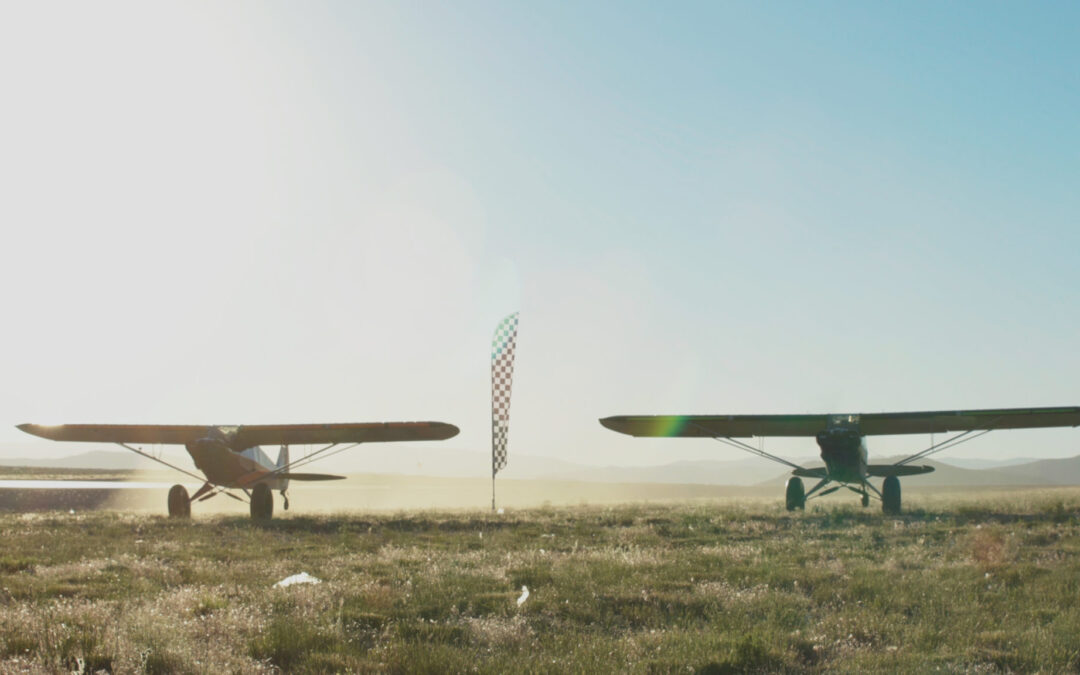
by admin | Jul 16, 2019 | Media
This year’s demonstration
may lead to first new racing class in more than 20 years
RENO, Nev. (July 16, 2019) —Combine heart pounding head-to-head racing with major horsepower and a little dirt and you’ve got the STOL Drag Racing Demonstration. Set to make its debut at the STIHL National Championship Air Races Sept. 11-15 in Reno, Nev., organizers hope this year’s demonstration becomes a brand-new racing class in the future.
“It’s like car
drag racing meets aviation and it’s going to bring a whole new energy to the races
in September,” said Kevin Quinn, president and founder of STOL Drag.
Quinn is no
stranger to this type of racing. Quinn has been hosting a fly-in event in the
Nevada desert called the High Sierra Fly In since 2008. Since its conception,
the High Sierra Fly In has garnered a dedicated following with nearly 450 airplanes
and 2,000 spectators participating last year, catching the attention of the
Reno Air Racing Association.
“This is an
exciting new idea, something that we’ve never seen before, and we knew we had
to find a way to get it to the races,” said Fred Telling, chief executive
officer of the Reno Air Racing Association.
The STOL group
attended the annual Pylon Racing Seminar, a required safety training, in June of
this year and received FAA sign-off for a demonstration at the 2019 STIHL
National Championship Air Races.
“We see this as
a huge opportunity for STOL Drag Racing,” said Quinn. “We’ve got two planes
racing head-to-head, 20 feet off the ground, doing 100 mph, 50 feet apart – it’s
going to blow everyone’s minds. We really hope it will continue to grow and we
can compete as our own class in the future.”
The STOL (short
take-off and landing) Drag Racing Demonstration rules are simple. Racers take
off down the 2,000-foot course, accelerating enough but not too much in order
to land at the line at the designated halfway point, come to a complete stop,
pivot 180 degrees and take off again towards the original start line.
The clock starts as soon as the wheels start spinning and ends when the plane is at a full stop. If a plane lands short of the halfway line or the finish line, there is a two second penalty – total of four possible. If the plane does not come to a complete stop on heading at the designated halfway or the finish line they will be disqualified and if a plane slips into a competitor’s lane they are instantly disqualified.
If all goes
well this September, the Reno Air Racing Association may be announcing the
first new racing class at the National Championship Air Races in more than 20
years.
The 2019 STIHL National Championship Air Races returns Sept. 11–15, 2019, just 20 minutes north of downtown Reno. Attendees can witness the fastest motorsport in the world as six racing classes go head-to-head plus demonstrations by the U.S. Air Force Thunderbirds and the National Aviation Heritage Invitational. Tickets are now on sale. For more information, visit AirRace.org.
###
About the STIHL
National Championship Air Races:
The
STIHL National Championship Air Races are held every September just north of
Reno by the Reno Air Racing Association, a 501(c)(3). The event has become an
institution for Northern Nevada and aviation enthusiasts from around the world
with six racing classes, a large display of static aircraft and several
military and civilian flight demonstrations. Independent economic impact
studies show that the event generates as much as $91.7 million annually for the
local economy. The event is now part of the Grunt Style Air Show Majors, a six-stop tour
uniting the most prestigious air shows in the country. For more information on
the 2019 STIHL National Championship Air Races, to obtain media credentials,
volunteer, be a vendor or purchase tickets for this year’s event, visit AirRace.org.

